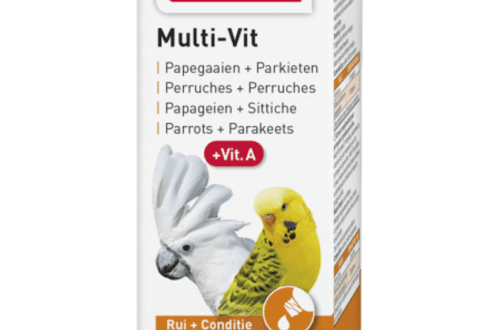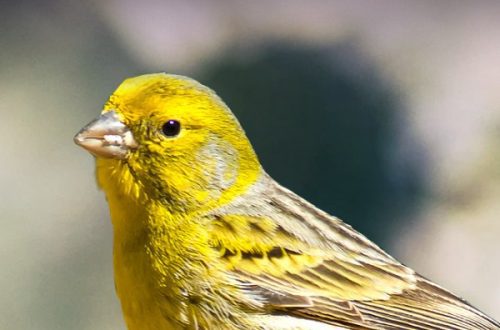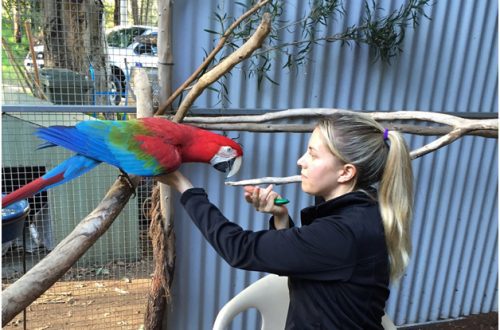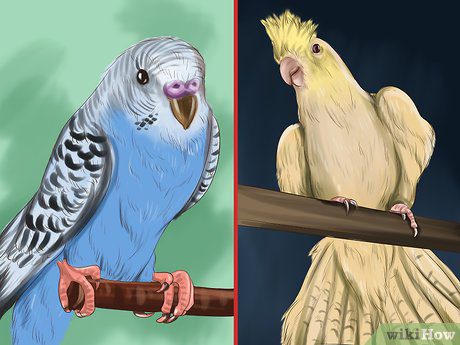
Which parrot to choose?
Feather lovers often discuss how compatible pet care is with the work schedule of its owner. Which parrot to choose for an apartment, and which winged pet needs a little more space? When choosing a parrot, it is important to consider the lifestyle and living conditions of its future owner. Let’s figure it out together with what kind of owners parrots of different species will live happily ever after.
The presence of a handsome parrot in the house will be associated with some difficulties. The bird begins to be active with the first rays of the sun and calms down only with the onset of night. If you are not ready for a bird concert at five in the morning, you need to cover the pet’s cage with a thick cloth before going to bed.
The parrot needs a large, comfortable, durable, spacious cage. You will have to make room. The cage needs to be cleaned regularly. Buying one cage alone is not enough. Perches, toys, a feeder, a drinker and other accessories are needed. For each type of parrot there is a specialized food. You can diversify the diet with fruits, vegetables, special treats for birds in the form of sticks.
All parrots litter. Do we eat seeds? The husk scatters in all directions. Do we clean plumage? Down, feathers will be everywhere. Let them out of the cage to fly? Great, I’m going to the toilet in flight, the parrot decides.
Parrots need to fly every day. If you do not have the opportunity to provide a parrot with daily flights, get a spacious cage (aviary). The minimum cage size for a parrot is 40 * 25 * 45, but such a dwelling can hardly be called spacious. When choosing such a cage, be prepared to provide an opportunity for flights around the apartment.
The flying area must be safe. Remove all indoor plants that are dangerous for birds from the house, hide them in electric wire boxes, disguise sockets, move all furniture tightly so that there are no gaps or crevices where a pet can inadvertently fall into. We remove away everything valuable, fragile, small, sharp, until the parrot has found all these objects with a curious beak. We remove the ropes and tapes in which he can get tangled. Parrots are very interested in earrings, so it is better to remove jewelry before communicating with a feathered friend.
Singing, squeaking, the desire to talk a lot and loudly (in the case of talking parrots) are among the natural needs of these pets. If you do not take it calmly as background music, you will hardly make friends with the parrot.
Parrots do not tolerate loneliness. You need to spend several hours a day next to your pet, part of this time should be completely devoted to your feathered friend. You need to talk with a parrot, communicate, teach him to play toys, so that your ward knows how to occupy himself with something constructive when you are not around. You will encounter the above difficulties, regardless of which parrot you choose – large or small. If you are still firm in your intention to acquire a feathered companion, then forward to the analysis of situations with different types of parrots.
Playful disposition, beautiful plumage and sociability have made the budgerigar one of the most popular pets in the world. Even a novice can handle it. The budgerigar is miniature, does not require a huge cage, so you can get a feathered one even in a modest dwelling.
Adapting a parrot at home takes time. Try to make sure that the arrival of the newcomer coincides with the start of your vacation. Or temporarily switch to remote work to be close to a feathered friend. Boys are more talkative than girls. It is better to first get one wavy so that he gets used to you, takes it as a habit to talk with you, and begins to sit on your shoulder.
When acquiring a budgerigar, it is important not to separate an already established couple. You will immediately notice that in a large cage, some birds are kept apart, others are sitting in pairs. You can immediately start two wavy. But there is a risk that they will completely dissolve in communication with each other and will not become tame. Since they have each other, communication with you can go by the wayside.
The wavy ones like the owner to be at home, but, in the presence of an equipped cage with a bunch of funny toys (bell, perches, mirror), they normally tolerate separation. If you have a free schedule and it often happens that you are at home for half a day, the wavy will be delighted with this.
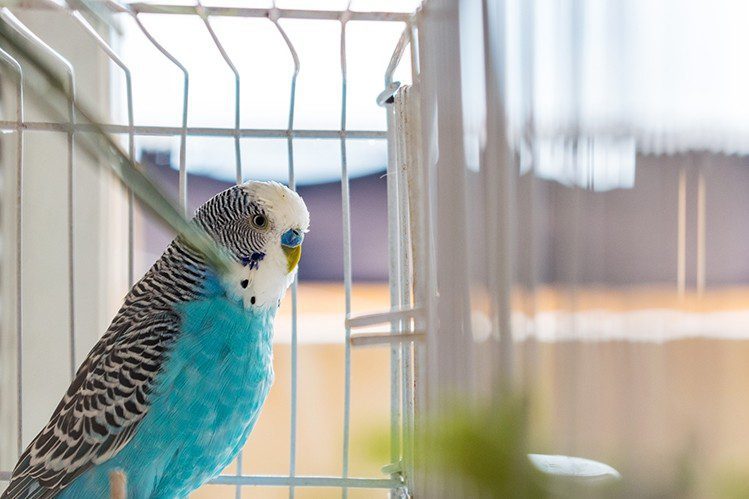
While you are thinking about which parrot to choose, listen to audio recordings of the singing of different species of these birds. The cockatiel parrot sometimes sings too piercingly, but for some, these trills will seem like heavenly music. Males usually chirp loudly. Females make sounds resembling a cozy squeak.
Corella is an excellent choice for those who love large parrots, but are limited by the size of their living space. The cockatiel can be called a medium parrot, it is comparable in size to a dove.
Such a parrot will occupy itself if it has a large cage with interesting toys at its disposal. After purchasing a pet, try to spend more time with him. Show him how much fun he can have with caged toys.
The bird tolerates the absence of the owners well if they go to work in the morning and return at seven o’clock in the evening.
For those who work remotely, communication with one cockatiel can become a burden over time. Often, the wards get so used to the fact that the owner is nearby that they begin to protest loudly, even if you went out into another room for a while and left the parrot alone. How to solve this puzzle? Get a second parrot. Together, your pets will definitely not be bored, and they will distract you a little less often.
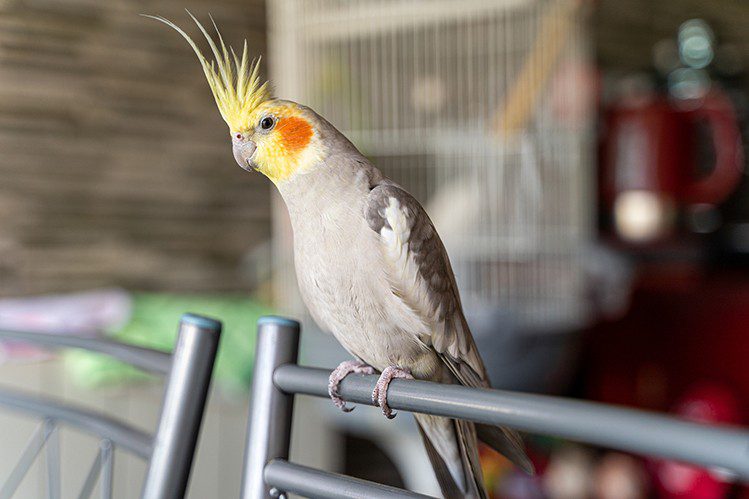
When we see a photo of a happy pair of lovebirds, it seems that this is the only way they should live. However, a lovebird can live alone, it’s all about how much attention the owner pays to it. If you and your lovebird sing your favorite songs together, praise him, talk with your ward, then everything will be fine.
In the cage of a lovebird, there must be toys – ropes, ladders, bells. Lovebirds love to ride on a cage swing (a hanging ring will do). Leaving for work, leave the radio to the lovebird, let him learn the tunes. These parrots love to listen to music.
Adding a second lovebird is a great idea. Again, it’s best to start them one at a time. How can you delicately add a second feathered bird so that the lovebird does not decide that an uninvited guest, even a relative, is encroaching on his territory? First, place cages with lovebirds in adjacent rooms. Let them hear each other, but not see. Then you can introduce them to each other, that is, put the cells in the same room. Gradually reduce the distance between cells. If the parrots wake up interested in communicating with each other, it’s time to settle them in the same bird living space. Birds may not get along together, not come together in character. Then let them live side by side, but each in his own cage. Such a mechanism for adding a second feathered bird should always be observed, not only with lovebirds.
Lovebirds can live without a mate, but they are very social and need companionship. If you return from work no earlier than seven or eight hours, then you will not only have to clean up, feed, let fly, but also take the time to talk, play, treat your pet with treats. You were gone all day, the bird missed you so much!
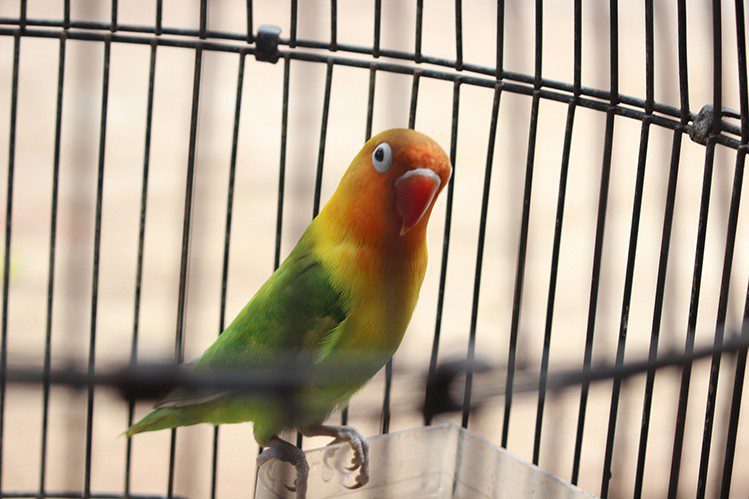
The Jaco parrot speaks better than many feathered counterparts. But this is a very sensitive, emotional creature. If your only motive is to get a talking bird, don’t get a Gray just for that. This is a very smart pet that can be taught to speak whole sentences and answer questions. But for this, you need to do a lot of work with a bird, communicate. And there is no guarantee that you will come across just such a Jaco who loves to speak in human language. Many refuse to talk. In addition, birds that have survived mistreatment and stress may generally withdraw into themselves and not make contact.
Jaco is very intelligent, large-sized, requires space. A cage the height of you will be just right for him. And with him it will not be possible to solve the issue of lack of communication with the help of toys and interesting accessories in a cage. Jaco needs live communication. It is desirable that the feathered as many hours a day as possible be free range. It is advisable to keep the Jaco not in a small apartment, but in a spacious country house.
In this parrot’s case, it’s best that you work from home, or even not work at all. To teach Jaco to play with toys, eat right, and not require seeds alone, you will need patience and patience again.
The Jaco parrot singles out one of the family members and communicates mainly with this person. If the one whom Jaco considers the owner and leader leaves for a week on a business trip, the bird will be very homesick.
Jaco is wary of children. Has a powerful beak, can bite with a beak to a bruise. Therefore, both children and adults should not put their hands in a cage with a Jaco in any case!
This parrot is classified as a long-livers. On the net you can find many stories of owners who say that their Jaco lived for about 30 years and left for natural reasons. But there is information about birds that have survived at home up to 50 years. It will not be superfluous to think about who else could take care of the parrot, except for you.
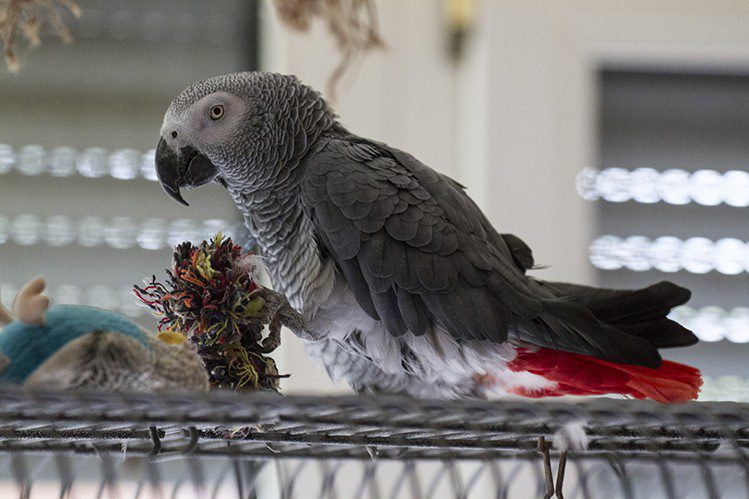
The final decision on which parrots to keep at home is up to you. When choosing a feathered friend, we urge you to be guided not only by emotions, but also by information about the necessary conditions for keeping pets. We are sure that you will succeed in being a kind and caring owner, and your parrots will be happy to arrange beautiful musical improvisations for you.



